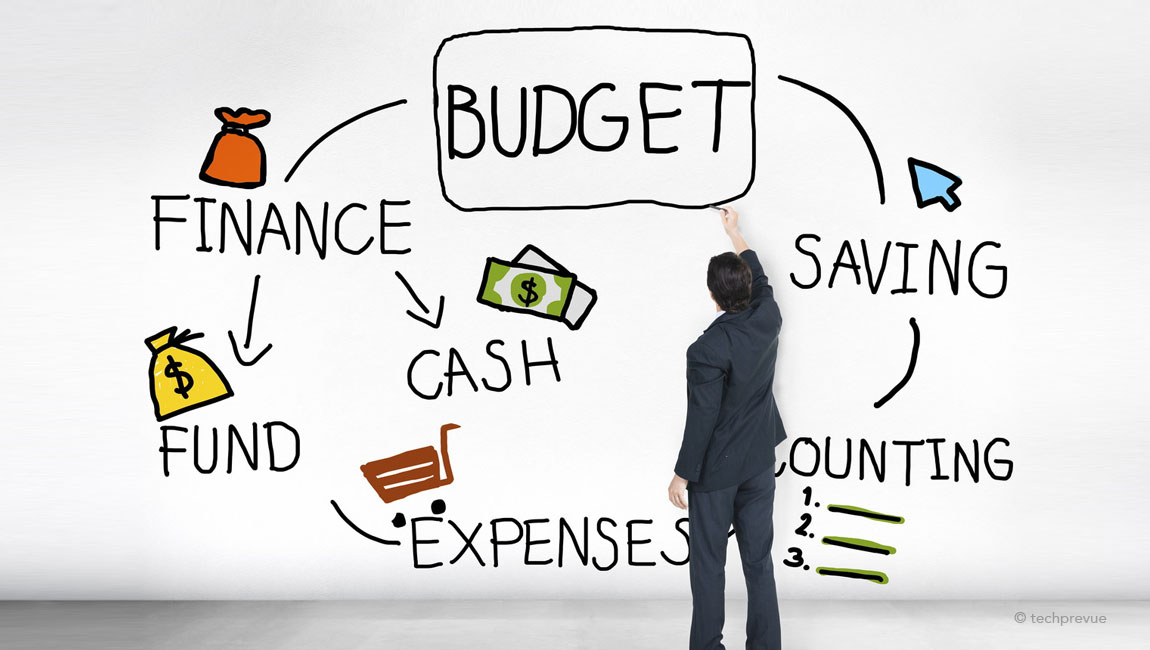Budgeting helps small business owners to operate within their means, overcome unexpected challenges, and register profits. A properly prepared budget identifies various funding avenues and the available capital, estimates expenditures, and anticipates revenues. Without a business budget, knowing how much income to expect or what expenses to plan for may be impossible. A business enterprise without a clear budget has a high chance of failure within the first few years of its launch.
Budgeting allows small businesses to align their actions with company objectives and allocate resources efficiently. It helps in implementing their action plan effectively, thereby facilitating the achievement of long-term goals. Budgeting can also avert resource crunch that can arise due to faulty planning. Proper budgeting can also help you prepare for unanticipated expenses. Regularly revisiting and adjusting your budget will help you better monitor and control your financial performance. Always look for ways to cut costs and shop for the best deals to boost your operations, services, and profits.
Small-business owners may find creating a budget for the first time intimidating because of a lack of experience. However, it is crucial to figure out how to make one so that you can prepare in advance for leaner months and give yourself a financial cushion. To create a realistic and sustainable budget, you must also involve employees in the process. You should also consider your sales cycle and account for expenses during lean periods. Put everything on a spreadsheet and regularly track your revenue and costs.
A carefully constructed budget allows small businesses to track where they are financially. That allows for strategic, long-term planning for everything, from current operating costs to potential expansion. With a proper budget in place, small businesses can anticipate expenses, plan for significant price increases, and even make changes to the company structure if necessary. Thus, budgeting can help you understand your financial situation better and allow you to hire more employees, invest in new equipment or technology, or even acquire another company.
Following these six steps is a tried and tested budget creation method. First, separate personal and business finances and open a business bank account. Next, set aside a contingency fund for both personal and business emergencies. Third, identify the sources of your revenue and anticipated income. Fourth, list all fixed and recurring costs, including salaries, machine maintenance, loan installments, government dues, and schedules. Then, identify variable expenses that depend on production or sales volume or availability of raw materials. Sixth, allocate resources to ensure reaching and sustaining a consistent and positive cash flow.




